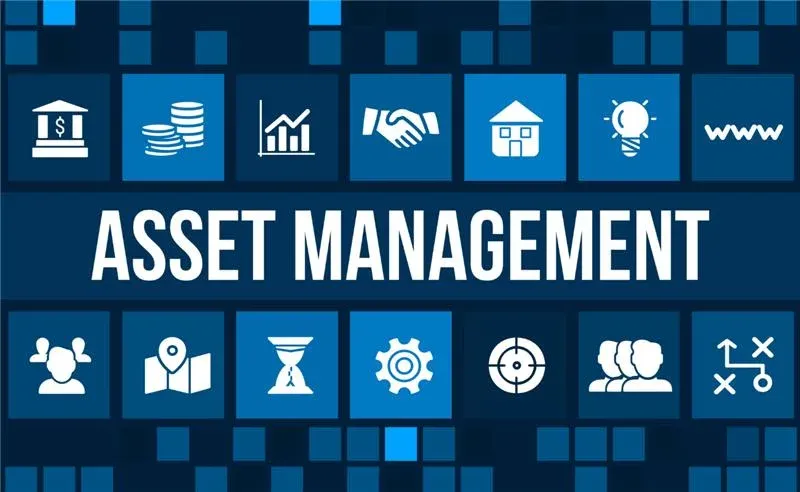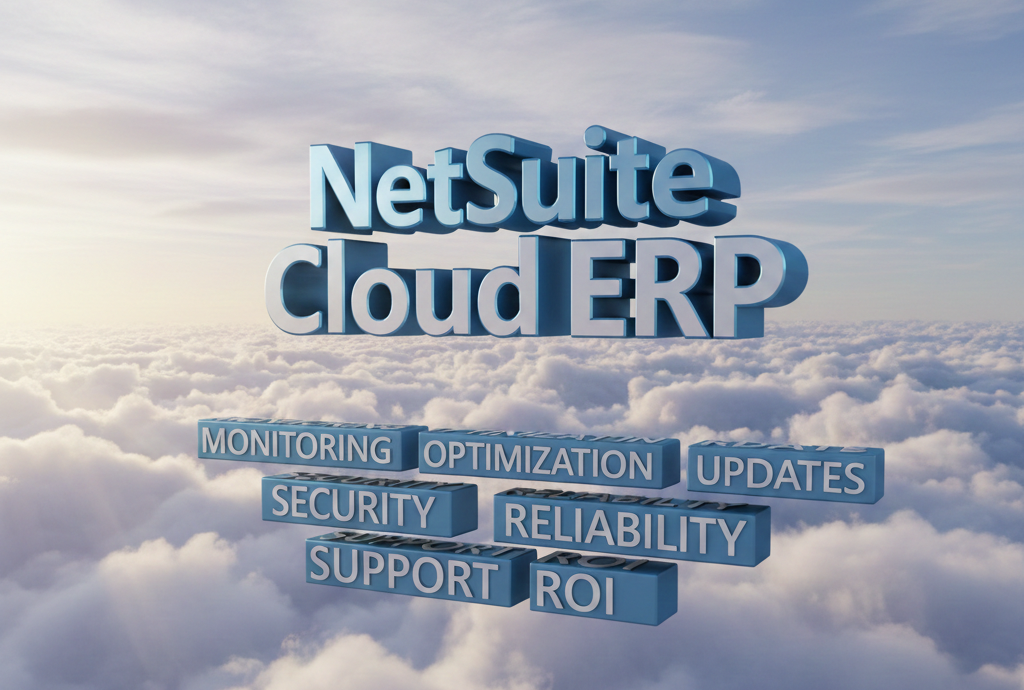Investing in an ERP system is more than a technology upgrade—it’s a strategic change that reshapes how your business works. Oracle NetSuite brings operations together, gives real-time visibility, and supports growth at scale. That said, a persuasive financial justification is the piece that turns approval into successful delivery. A clear, numbers-backed case builds leadership confidence and keeps the project aligned to measurable outcomes.
Why a Financial Case Matters for ERP Success
Without a clear financial justification, even the best technology can fail to secure the backing it needs to deliver results.
A financial case is not paperwork. It’s the project’s navigation tool. It shows how NetSuite will reduce costs, speed up processes, and open revenue opportunities. It creates alignment between departments, controls scope creep, and reduces surprises that derail timelines or budgets. Presenting ROI projections up front gives stakeholders a clear view of value and makes it easier to secure both budget and organizational commitment.
Breaking Down NetSuite ERP Implementation Costs
Understanding total cost of ownership for your ERP investment early prevents shocks later.
- Licensing and subscriptions — based on users, modules, and add-ons you choose.
- Implementation and consulting — configuration, setup, and data migration; often the most resource-intensive stage.
- Training and change management — time and resources to bring teams up to speed, including short-term productivity impact.
- Customization and integration — connecting NetSuite with CRM, payroll, e-commerce, and other systems.
- Ongoing support and maintenance — updates, help desk, and technical upkeep after go-live.
Latest Developments: Why Now Is a Great Time to Invest
Recent NetSuite enhancements make the platform more valuable and easier to justify financially. In early 2025 Oracle added targeted AI tools into the finance suite, including an assistant that speeds complex quote creation. That directly shortens sales cycles and lowers error rates for configurable products.
The 2025.2 release introduced multivariate forecasting for sales, inventory, and spend, as well as AI-driven Close and Consolidation tools that shorten month-end. Industry modules for SaaS, compliance, field service, HR and payroll, plus expanded localization, enhance NetSuite’s fit for region-spanning businesses.
NetSuite now offers deeper automation, improved connectors to platforms like Salesforce and Shopify, mobile role-based dashboards with offline access, and inventory features such as automated replenishment and bin-level tracking. These updates compound operational savings over time.
Key Financial Benefits of Oracle NetSuite ERP
The financial justification becomes clearer when you look at the measurable benefits NetSuite brings:
- Operational efficiency — automation reduces manual, repetitive work.
- Improved cash flow — clearer receivables and payables visibility.
- Sharper forecasting — fewer stock-outs and less excess inventory.
- Faster revenue cycles — shorter quote-to-cash times.
- Lower risk — better compliance and security controls.
- Scalability — add users and modules without heavy rework.
Measuring ROI and Financial Impact
Choose clear, quantifiable KPIs so the ROI conversation is grounded in facts. Useful metrics include order-to-cash cycle time, days to close books, inventory turnover, carrying-cost reductions, labor-hours saved, error-rate drops, and revenue uplifts from better quoting or cross-sell. Track these consistently for 6–12 months after go-live to capture real performance rather than optimistic estimates.
Step-by-Step: Building the Financial Case
Start by documenting current inefficiencies, error rates, and the costs they produce. Estimate savings conservatively and use real benchmarks where possible. Include all costs — licensing, consulting, training, integrations — and add a contingency for delays. Emphasize long-term value from NetSuite’s regular updates, and present findings with simple visuals: tables, timelines, and a concise executive summary.
Managing ERP Implementation Risks
Every implementation carries risk. The two most common sources of disruption are people (training and adoption) and systems (integration and data migration). Address both with deliberate tactics so the business keeps operating while the new system comes online.
Long-Term Value and Scalability
NetSuite’s cloud architecture is made to scale. You can add locations, users, and modules without major re-implementation work. Twice-yearly updates deliver continuous innovation — AI, automation, and new integrations — that keep improving ROI without extra hardware spending.
Real-World Payback Scenarios
Manufacturing: Automated planning reduced stock penalties by 15% and excess inventory by 20%.
E-commerce: AI-powered quoting increased weekly quote volume by 30% and lifted conversion by 12%.
Service: Mobile and field-service tools improved first-time fix rates and cut travel costs.
Finance: AI-assisted close tools reduced month-end cycle time, freeing finance staff for analysis instead of reconciliation.
Conclusion
A financial case for Oracle NetSuite is a roadmap, not just numbers. Use specific benchmarks — cycle times, inventory turnover, and labor savings — to make the case tangible. Plan training and change management so adoption doesn’t sap productivity, and execute integrations in controlled phases to avoid big-bang risk. With NetSuite’s growing AI capabilities, frequent updates, and scalable cloud design, a properly scoped implementation pays dividends long after go-live.
Frequently Asked Questions
Why is financial justification important before implementing Oracle NetSuite ERP?
It ensures leadership understands the tangible benefits compared to the investment. A clear financial case aligns teams, reduces approval delays, and sets the foundation for ROI tracking.
What specific costs should be included in the NetSuite ERP budget?
Key cost areas are licensing, consulting and implementation, training and change management, customization and integrations, and ongoing support or maintenance.
How do I calculate ROI for NetSuite ERP?
Track measurable KPIs such as order-to-cash cycle time, financial close duration, inventory turnover ratio, labor hours saved, reduced transaction errors, and revenue growth from improved processes.
What NetSuite updates in 2025 can improve returns?
Recent updates include AI-powered quoting, multivariate forecasting, AI-assisted financial close, expanded integrations (Salesforce, Shopify), industry-specific modules, and advanced inventory automation.
How can AI features in NetSuite impact my bottom line?
AI tools reduce manual tasks, speed up quoting, improve forecasting accuracy, and detect anomalies early—saving labor hours and preventing costly errors.
How do I avoid productivity dips during ERP training?
Implement phased, role-based training, use sandbox environments for practice, and appoint departmental change champions to provide quick support during adoption.
What is the best approach to integrate NetSuite with existing systems?
Map data flows in advance, use certified APIs/connectors, run parallel systems briefly to verify data accuracy, and roll out modules in phases rather than all at once.
How long does it take to see ROI after go-live?
Most businesses begin to see measurable ROI within 6–12 months, depending on how well training, process alignment, and integration were managed.
What are common mistakes to avoid when building the financial case?
Overestimating savings, underestimating training needs, excluding integration costs, skipping risk contingencies, and failing to track KPIs post-implementation.
Can I accept payments through the Customer Center?
Yes. NetSuite lets customers log into the Customer Center, view invoices, and make payments directly online.
How does NetSuite support long-term scalability?
It can handle additional users, locations, and modules without major rework, and delivers two major updates a year to keep features current.







